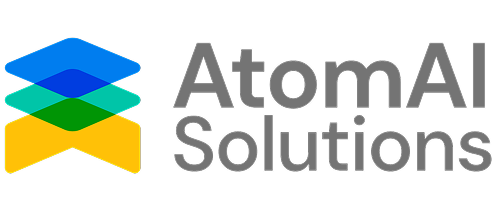In public sector asset management, the ripple effect begins in the field. When crews log work in the system, that data becomes the foundation for oversight, risk assessment, and long-term capital planning.
Accurate field updates flow upward, helping supervisors manage resources, enabling leaders to trust financial models, and giving planners the evidence they need to justify investments.
For this ripple to succeed, the “last mile” of asset management must put workers first. The last mile is the critical moment when crews leave the shop to perform the work, and the accuracy created there directly shapes an agency’s financial health.
That is why the software used in the field must be intuitive and effortless. If data entry is difficult, accuracy breaks down, and so does every decision that depends on it. When the system makes logging work simple, reliable field data becomes second nature, fueling smarter strategies and stronger financial stewardship.
The Last Mile of Asset Management Must Be Worker-First
Asset management may be planned through dashboards, budgets, and condition scores, but it becomes real at the job site, when crews arrive, perform the work, and log data.
The field is where stewardship begins, where accuracy is created, and where the financial future of infrastructure is shaped. When workers have intuitive tools in their hands, the ripple effect of accuracy takes hold:
- Crews work faster and safer with the right tools guiding their day.
- Supervisors receive reliable data because workers can easily capture and share it.
- Leaders get actionable intelligence as data captured in the field flows upward.
- Agencies gain better ROI because technology amplifies rather than interrupts the work.
Without accurate, field-driven data, agencies cannot prioritize projects, justify funding, understand risks, plan for emergencies, or manage long-term costs.
At Alabama DOT, the difference is clear. Legacy systems required crews to spend 30 minutes on a single work entry, adding up to over 153,000 hours annually. With AtomAI, the same task takes about one minute, which saves approximately 148,000 hours each year and enables more work to be completed with the same resources.
This is the ripple effect in action: when fieldwork is made simple, it drives financial stewardship, extends asset lifecycles, delivers higher returns on investment, and creates a more engaging, rewarding experience for the workers themselves.
Adding AI to the Last Mile
Bringing AI into asset management workflows is having a profound ripple effect on worker-first design and last-mile data capture. By reducing friction in the field, AI empowers crews with tools that make accurate data collection effortless and impactful:
- Automated asset recognition that identifies assets and captures condition data from a simple photo.
- Hands-free data capture using voice commands, keeping workers focused on the task at hand.
- Predictive insights, powered by Gemini, that help prioritize work and flag risks before they escalate.
- Seamless information flow ensures data captured at the job site is instantly available for planning, reporting, and financial analysis.
From Field to Finance: Our Commitment
At AtomAI, our mission is clear: equip workers with familiar, intuitive tools, automate the hard parts to deliver trustworthy data, and strengthen the stewardship and financial health that sustain the communities we all depend on.
That is the ripple effect of putting workers first. Accurate data captured in the field becomes the foundation for financial stewardship, smarter investment decisions, and more resilient infrastructure. Worker-first design ensures that, from field to finance, every action on the job site drives measurable savings, extends the life of assets, and strengthens the communities we serve.
Create your own ripple effect and book a demo: atom-ai.com/contact-us/



